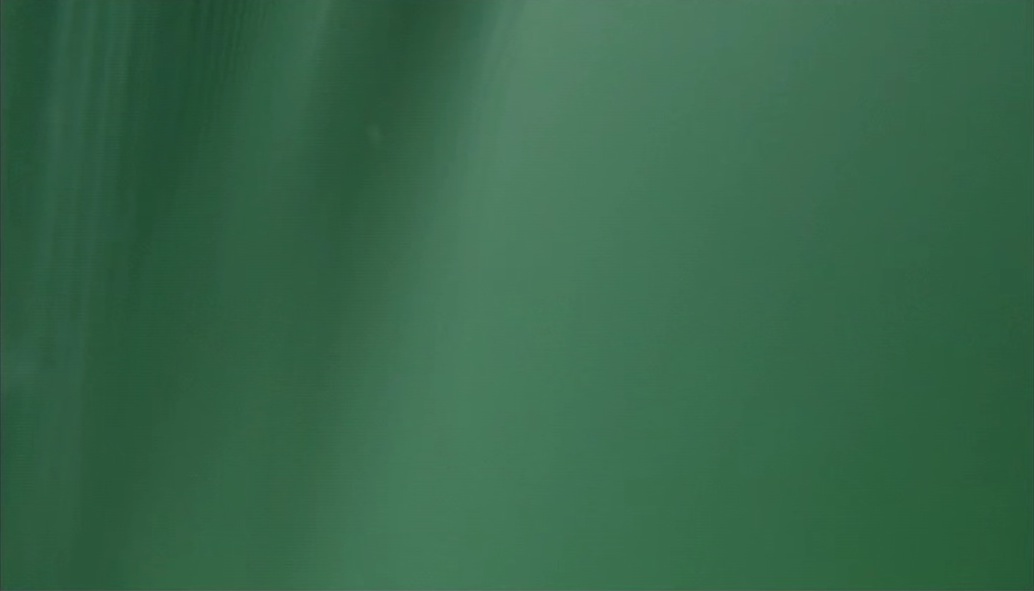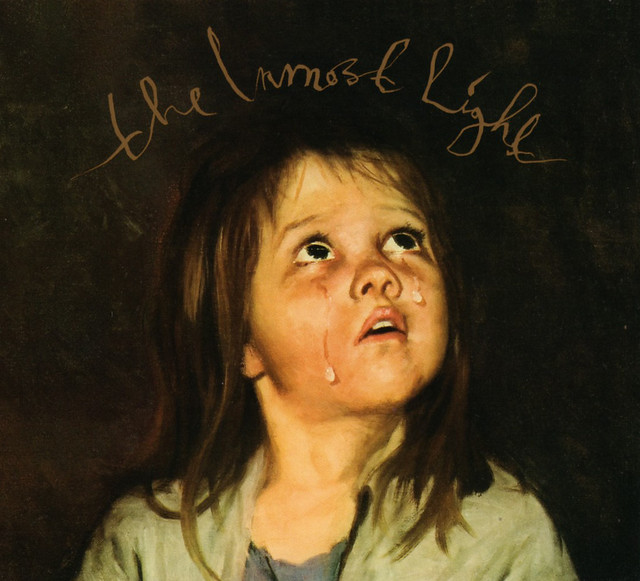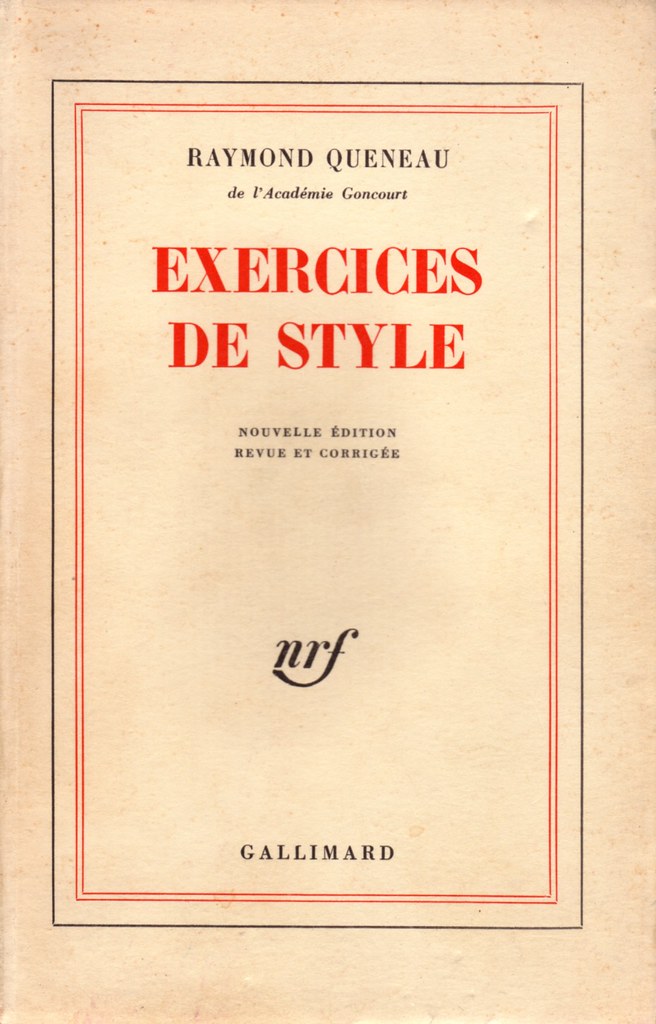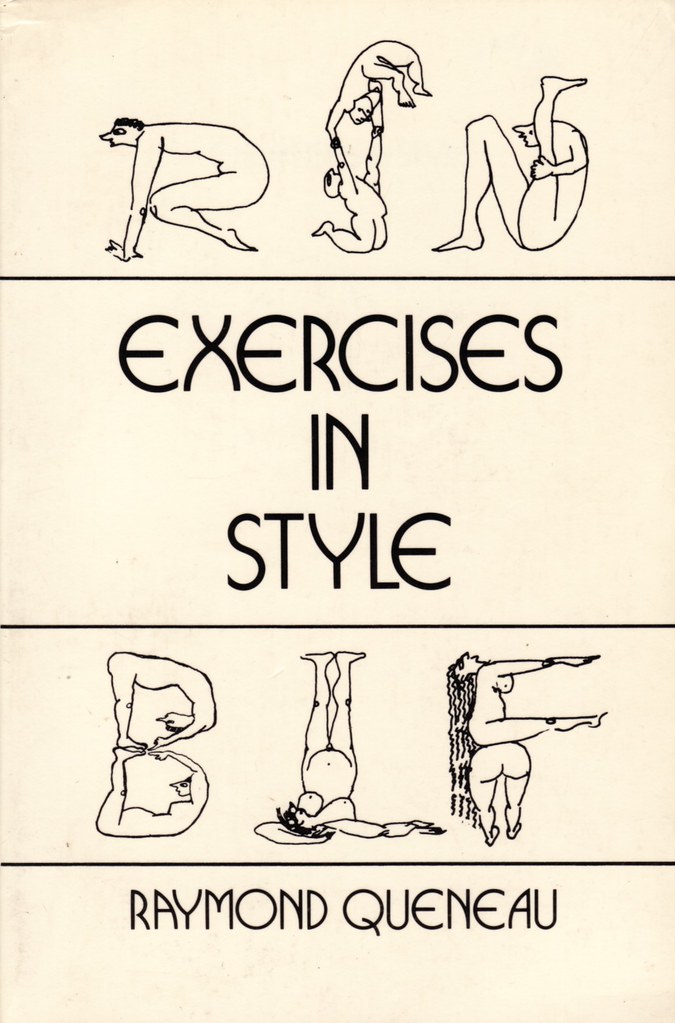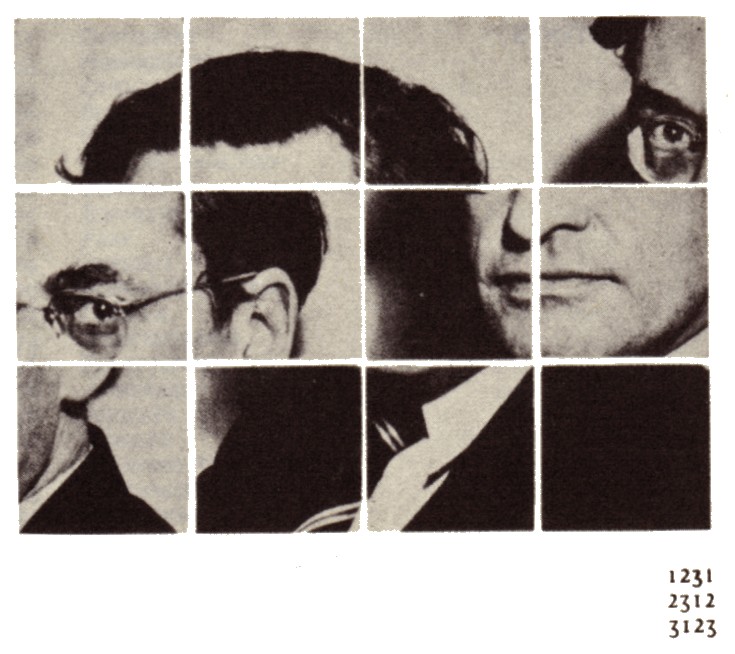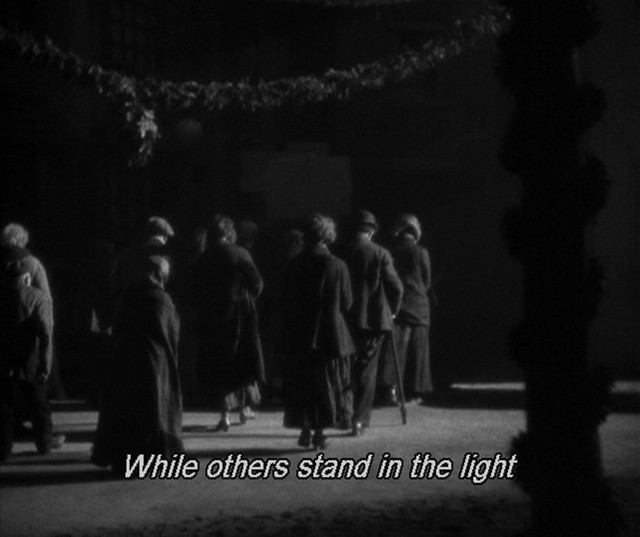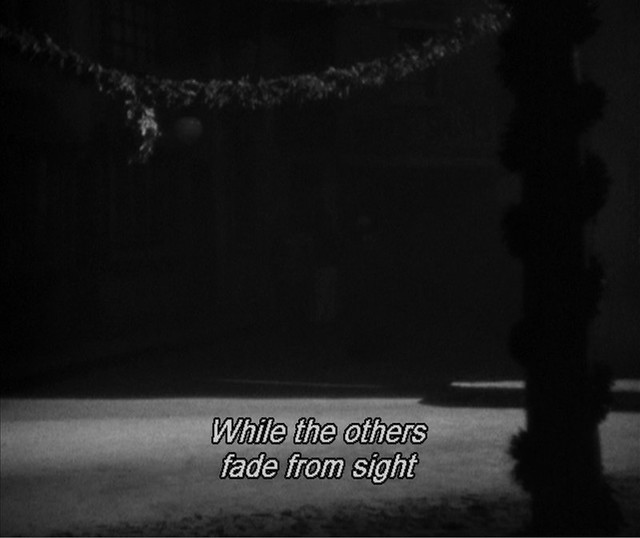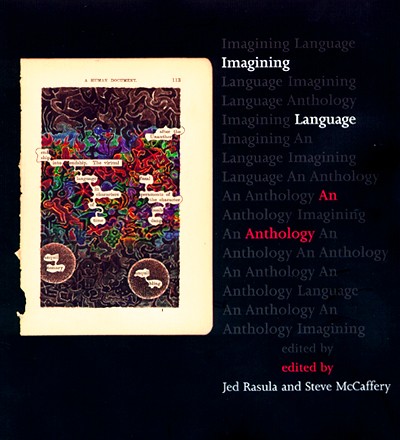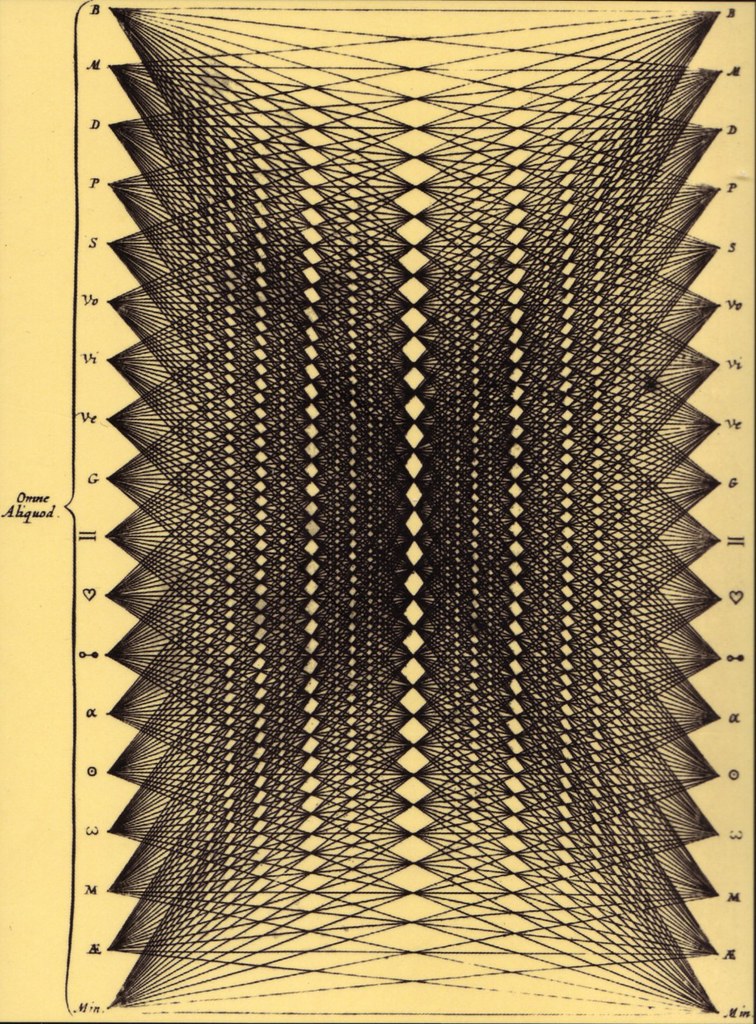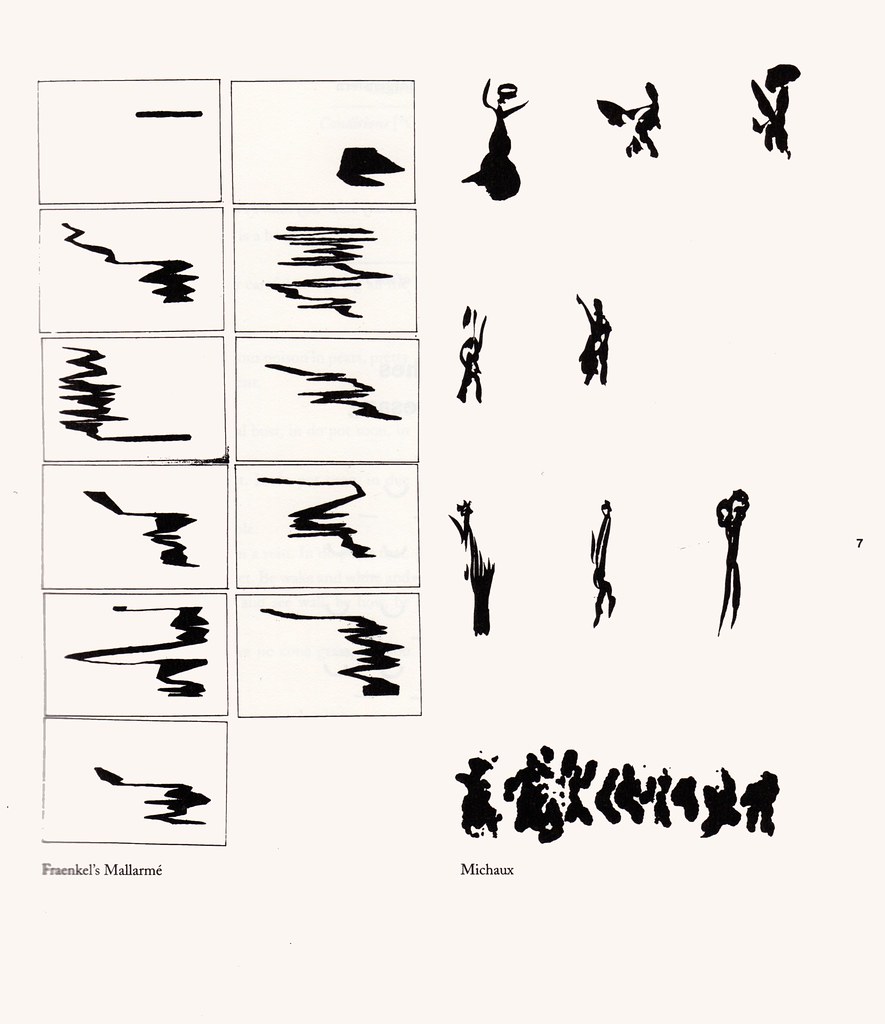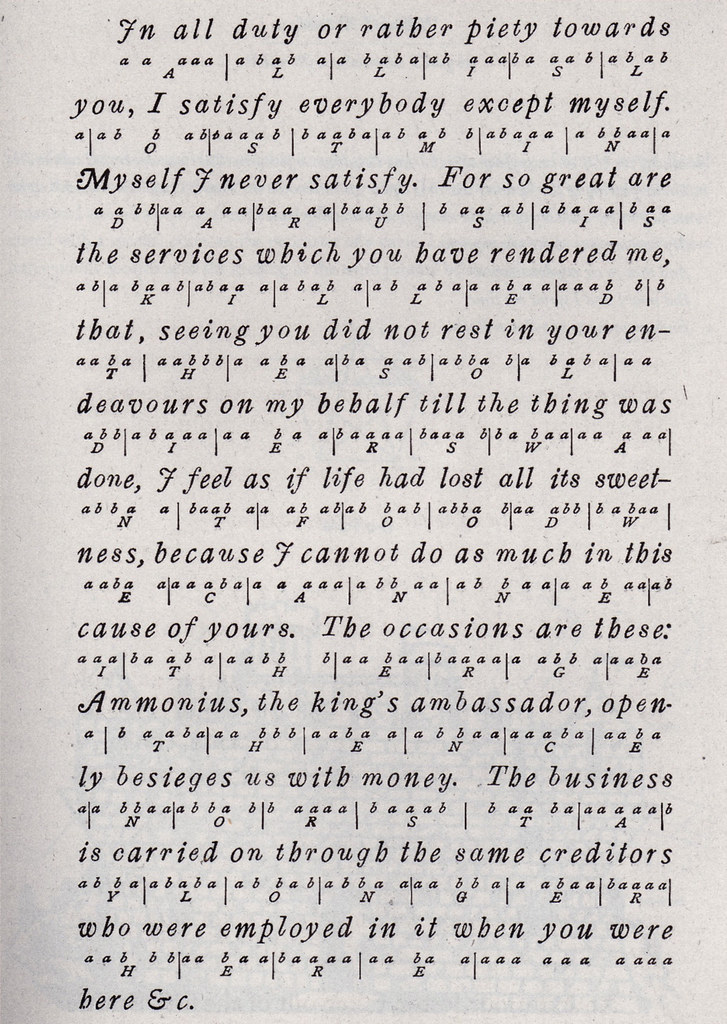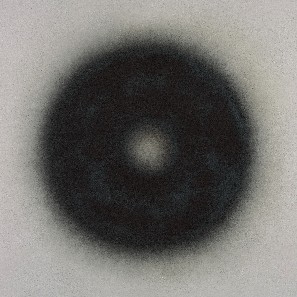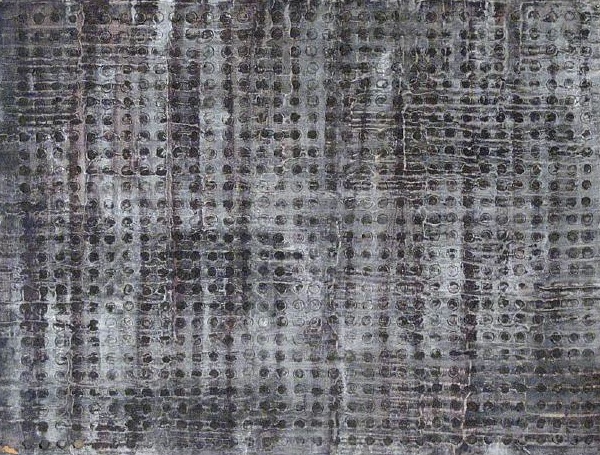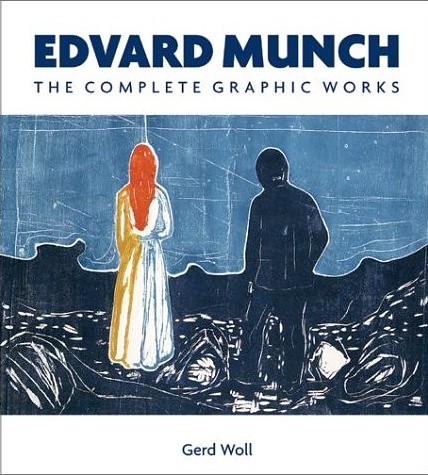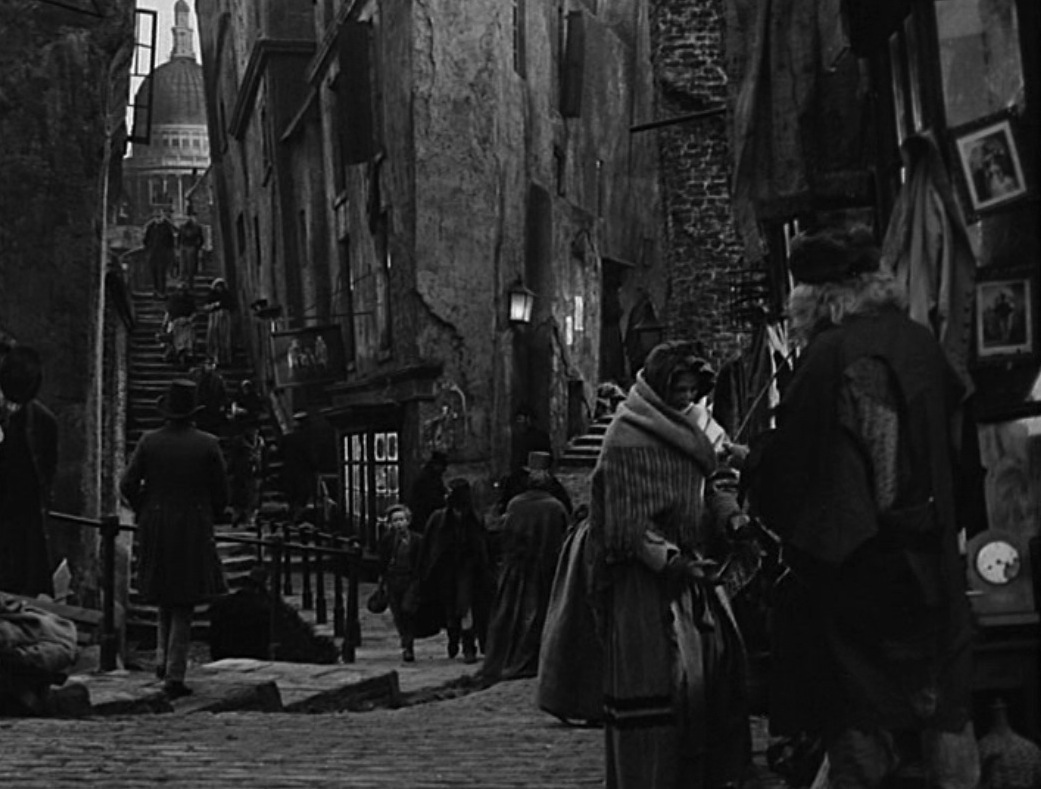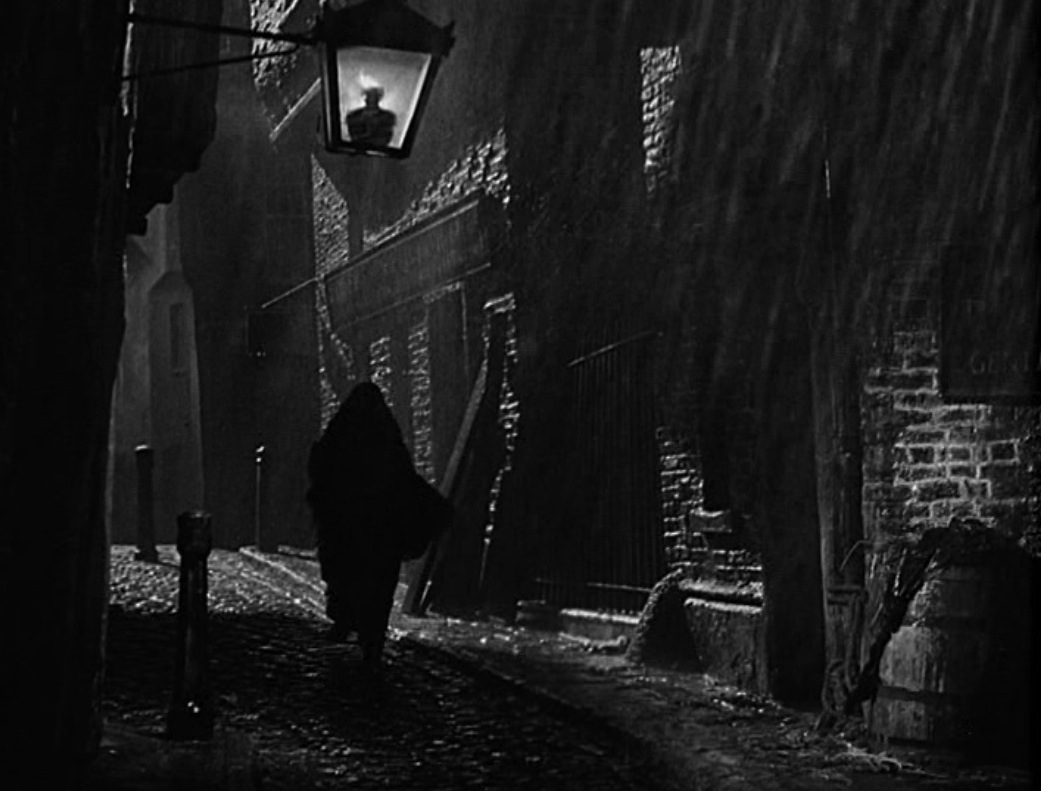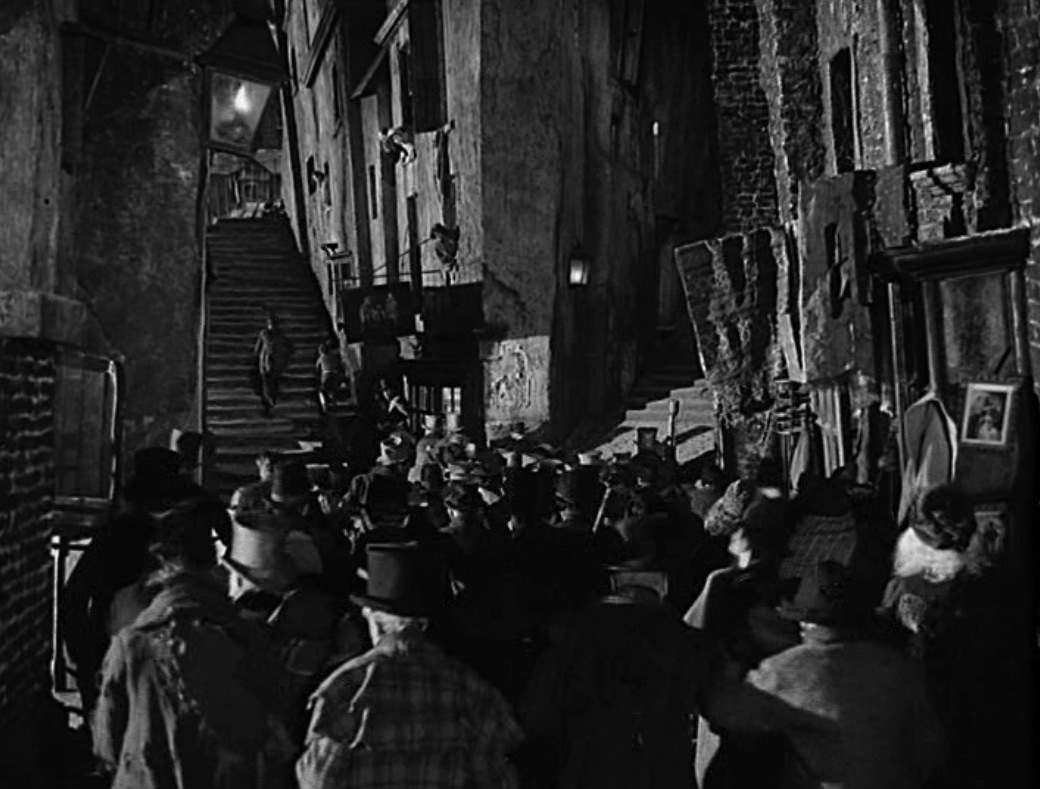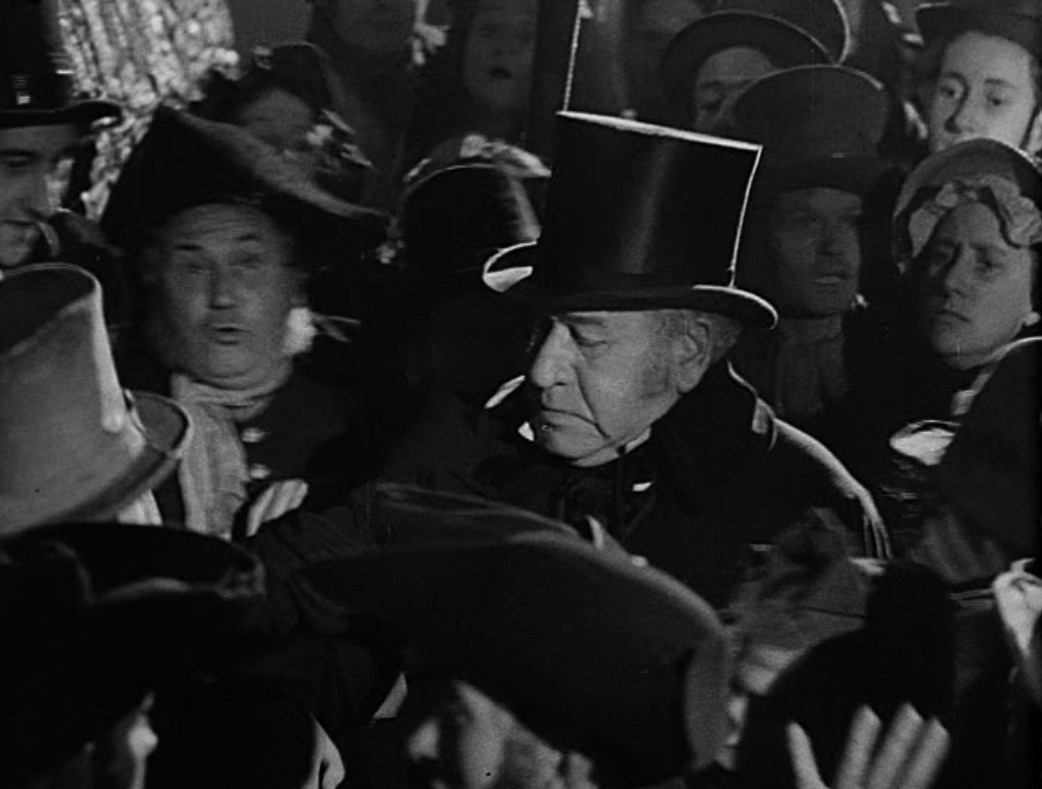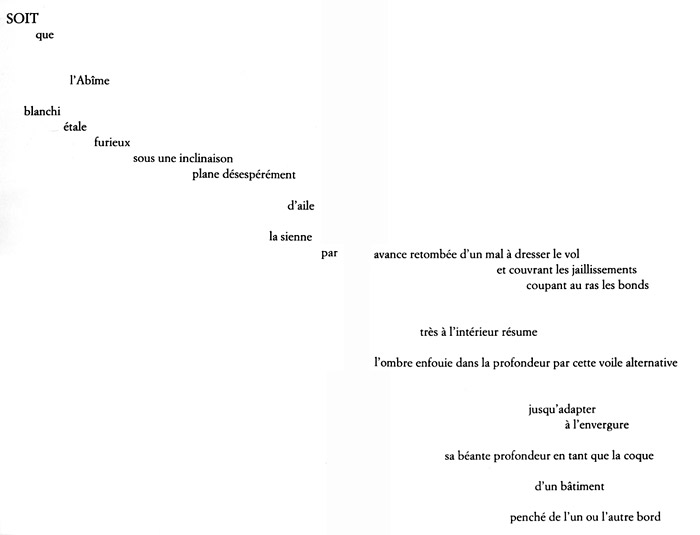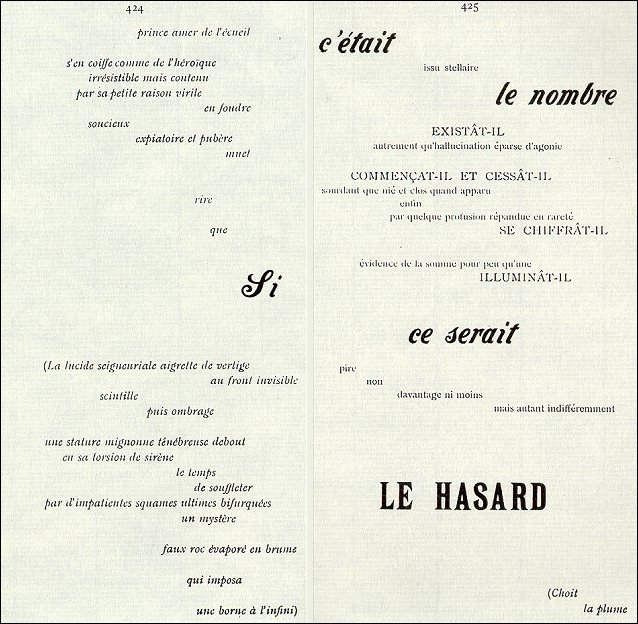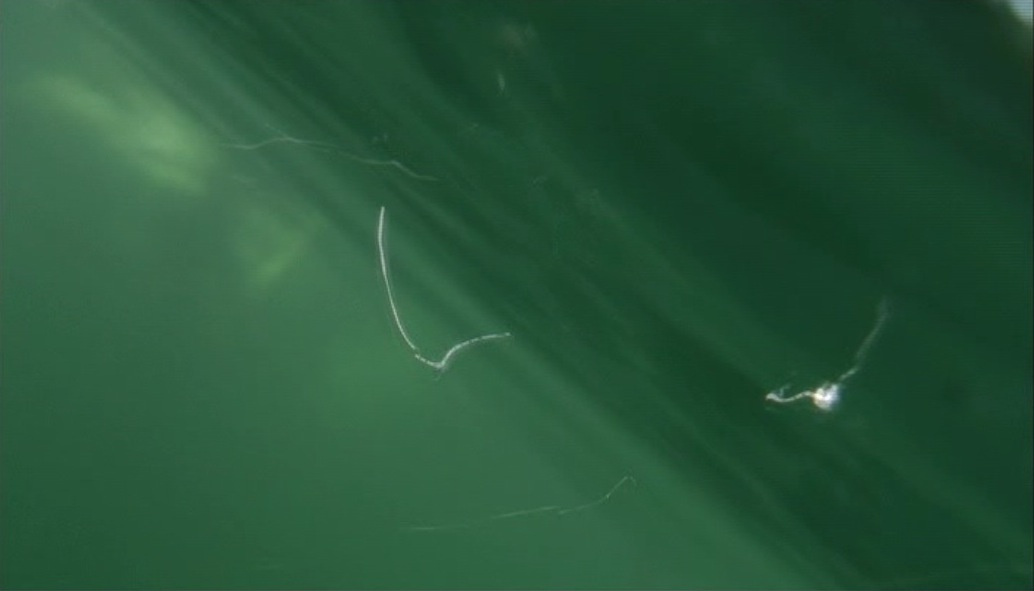
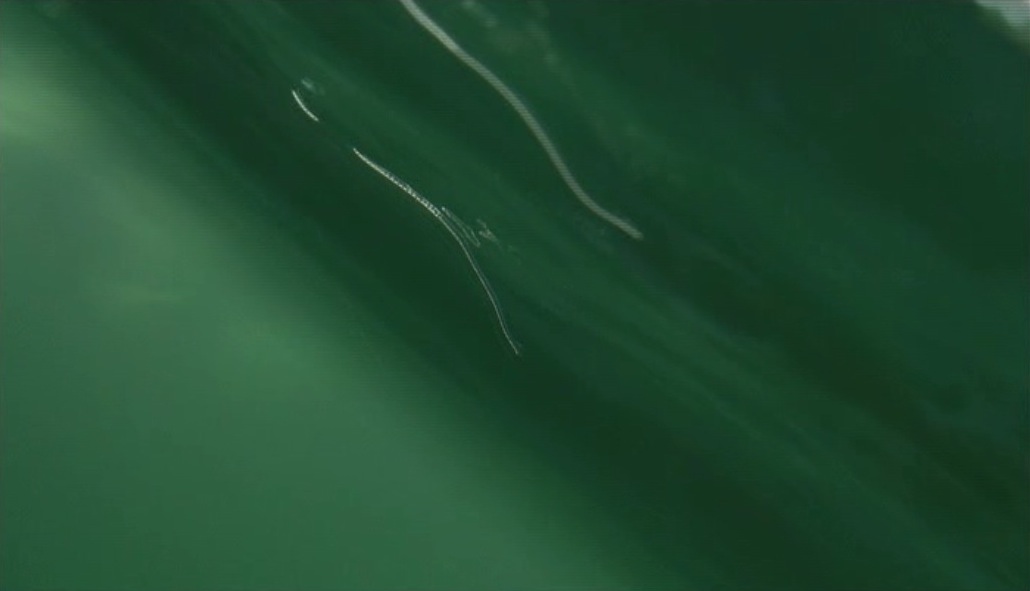


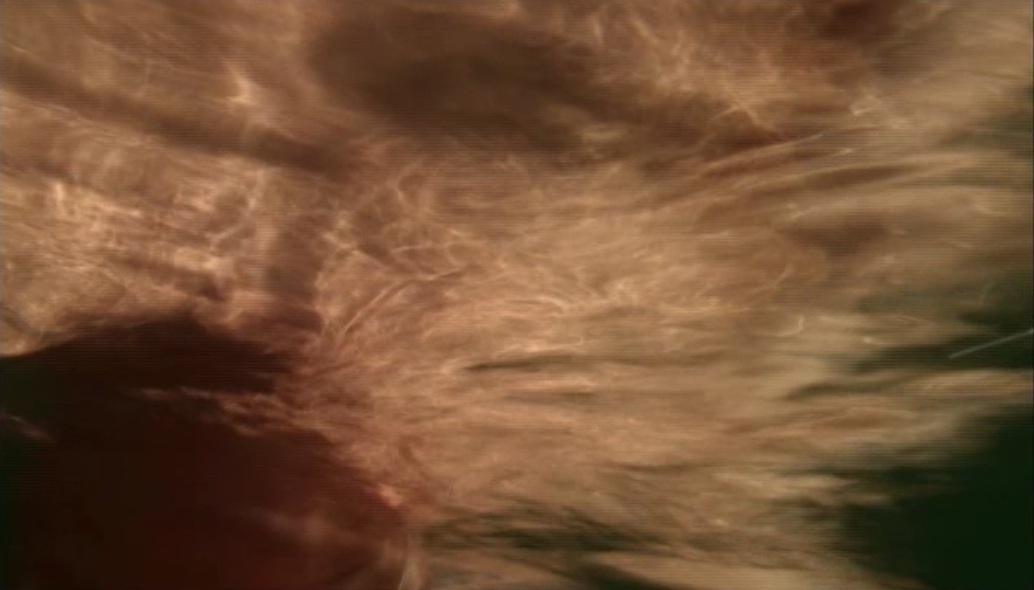

pierce was a musician before he was a filmmaker. he made musique concrete and became attracted to film in part because "there was this problem with musique concrete; once you've constructed this music electronically on tape, what do you do at a concert? it's very awkward sitting in an auditorium listening to a tape". once he began to work with imagery as well as with sound, he was quickly aware of the wide range of visual possibilities film offers. nevertheless, his consciousness of sound and his dexterity with it in conjunction with visual imagery are unusual for a filmmaker; indeed, he continues to return to sound as the primary pleasure in film- and videomaking: "i shoot now, and have for years, with the goal to get the part where i can do sound." pierce edits his imagery silent, but with a sound track in mind; and subsequently coordinates what is heard and what is seen.
(from the garden in the machine by scott macdonald, page 368)

